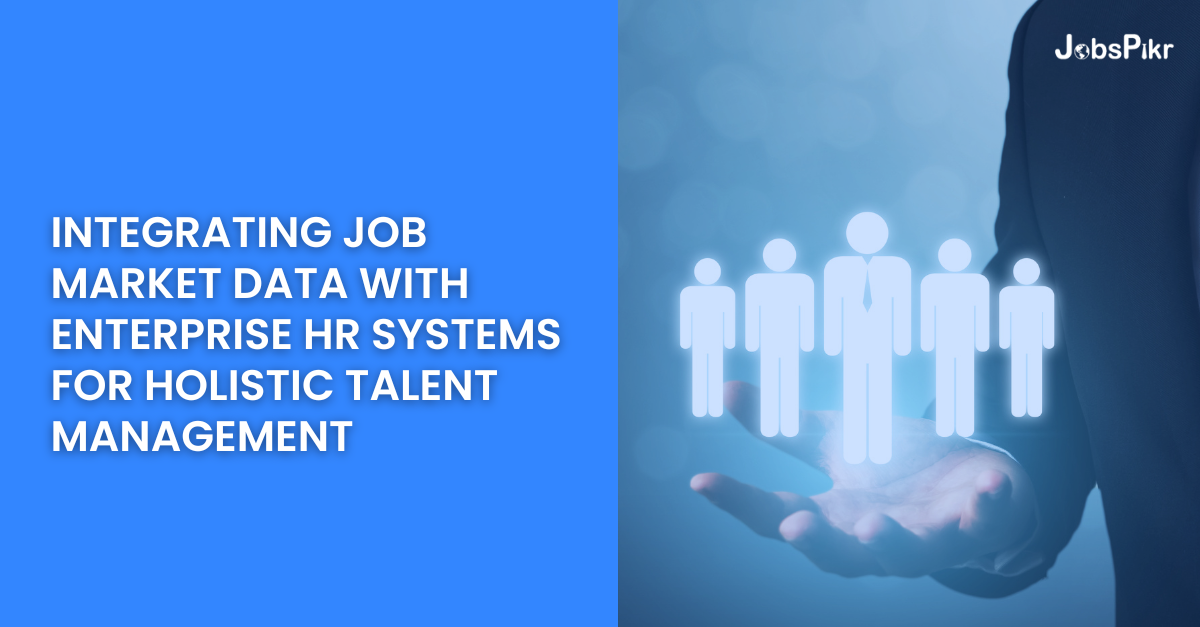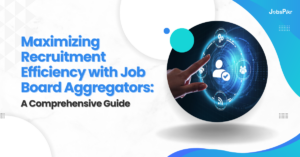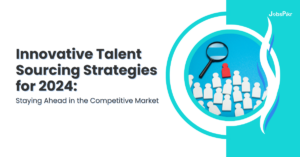In the current evolving business landscape, the ability to adapt and stay ahead of industry trends is crucial for maintaining a competitive edge. This is particularly true in the realm of talent management, where understanding external job market dynamics can significantly enhance internal human resources strategies. Integrating job market data with enterprise HR systems is a transformative approach that equips businesses with the insights needed to make informed decisions about talent acquisition, development, and retention.
The Importance of Job Market Data in Talent Management

Source: Evalground
Job market data encompasses a range of metrics, including but not limited to, job availability, salary benchmarks, required skill sets, and hiring trends across industries and regions. By integrating this data into enterprise HR systems, organizations can gain a comprehensive view of the external labor market. This visibility allows companies to benchmark themselves against the market, identify skills gaps, and anticipate future industry shifts.
Step-by-Step Guidance on Integration
Assess Your Current HR Systems:
Begin by evaluating your existing HR systems and processes. Identify what data is currently being captured and analyze the capability of your HR technology to integrate external data sources. Understanding these aspects will help you determine the necessary upgrades or tools needed to support data integration.
Choose the Right Job Market Data Sources:
Selecting reliable sources for job market data is critical. Consider established industry databases, government labor statistics, job boards, and professional networks. The goal is to access real-time, accurate information that reflects the latest market conditions.
Integrate through Technology:
Utilize APIs (Application Programming Interfaces) to seamlessly integrate external job market data into your HR systems. This integration enables automatic updates and real-time analytics, allowing HR teams to access updated data without manual intervention. Solutions like HR analytics platforms or integrated HRIS (Human Resource Information Systems) can be instrumental in this step.
Data Analysis and Reporting:
With integrated data, the next step is to leverage analytics tools within your HR systems to interpret the data effectively. Develop custom dashboards that provide insights into metrics such as compensation trends, talent supply and demand, and competitor analysis. This analysis will empower decision-makers to devise more strategic talent management initiatives.
Train Your Team:
Ensure that your HR team is well-trained on the new systems and understands how to interpret and utilize the job market data. Regular training sessions and workshops can help your team stay adept at using data analytics tools and making data-driven decisions.
Leveraging Integrated Data for Strategic Talent Management

Source: TMI
With an integrated system in place, businesses can enhance various aspects of talent management:
- Strategic Recruitment: Align recruitment strategies with market trends to attract top talent. For instance, understanding which skills are in demand can help tailor job descriptions and candidate requirements.
- Competitive Compensation: Utilize salary data to benchmark compensation packages against the market, helping to attract and retain high-calibre employees.
- Skill Development: Identify emerging skills and competencies in the job market and implement targeted training programs to bridge any gaps within your current workforce.
- Workforce Planning: Analyze trends in job openings and layoffs to predict future market conditions and plan your workforce needs accordingly.
Conclusion
Integrating job market data with enterprise HR systems transforms traditional talent management into a dynamic and proactive practice. It enables businesses to not only keep pace with industry standards but also anticipate changes and strategically plan for the future. As the job market continues to evolve, the ability to integrate and analyze external job market data will become an essential feature of successful HR departments, ultimately driving the organization towards greater innovation and competitiveness.




